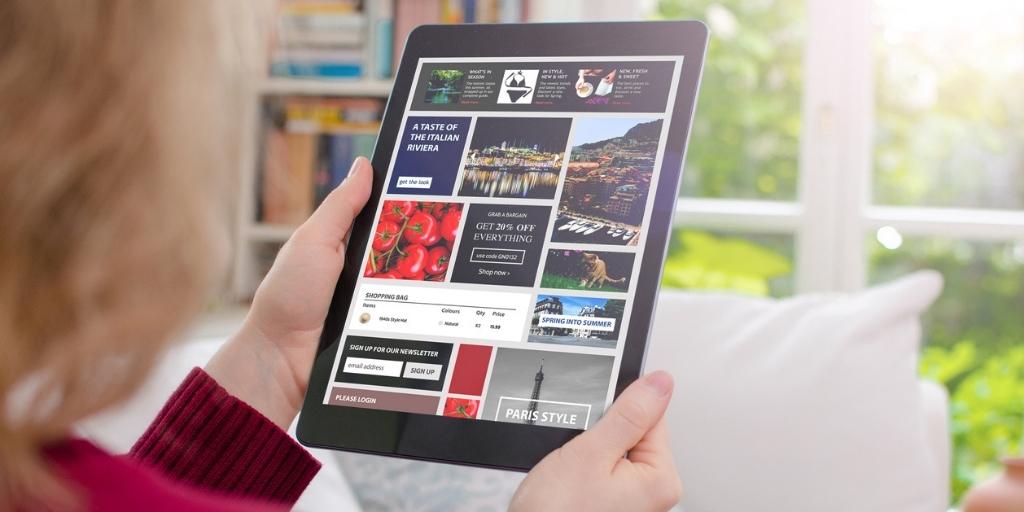
8 PPC Best Practices That Do More Harm Than Good
Table of Contents
- 8 PPC Practices Doing More Harm Than Good
- 1) Relying on Broad-Match Keywords
- 2) Auto-Accepting Platform Recommendations
- 3) Combining Search and Display Campaigns
- 4) Fully Automated Bidding Without a Strategic Goal
- 5) Focusing on Keyword Numbers Over Keyword Grouping
- 6) SKAG Strategies: Single Keyword Ad Groups
- 7) Including Search Partners
- 8) Expanding to Every Channel
In today's digital marketing environment, there is so much to do that automation is inevitable. One of the most effective forms of advertising is through PPC, or Pay Per Click. This is where your ads are shown dynamically to search engine or social media users based on their search terms. Additionally, your ad spend is only used when those ads are clicked and followed. This can be a powerful tool for generating organic and promoted conversions, but only if used correctly. In this world, there are PPC best practices, which may seem helpful, but result in harming your company and brand.
PPC is so broad and has potential for fine-tuning that getting the best results will be unique to each brand strategy. This means that best practices, especially those automatically suggested by your chosen PPC platform, may be doing more harm than good.
PPC “best practices” are often a funnel for newbies, brands, and teams with no idea where to get started and want to see some results before learning how to optimize those results to meet specific goals.
So which of the standard PPC suggested tactics and best practices are doing more harm than good to your PPC strategy?
8 PPC Practices Doing More Harm Than Good
1) Relying on Broad-Match Keywords
When it comes to controlling the result of your search appearances, match-type matters. Many platforms, including Google Ads and Microsoft Advertising, will suggest broad-match keywords to help you start or change your strategy. But appearing on generally more searches isn't always best.
Taking control of the match-type of your keywords like phrase-match and exact-match can give you more control over not just keyword matching but searcher intent. For example, phrase-match keywords can determine the difference between a search seeking answers and one seeking products. These are two different points in the conversion funnel that deserve personalized content to create a more productive user experience.
2) Auto-Accepting Platform Recommendations
Platform recommendations can be helpful. Suggesting keywords you haven't thought of, and automation can be useful in powering strategies you've already built. But auto-accepting platform recommendations is generally not a strategic use of your ad-spend. Lately, Google is pushing strongly for auto-accepting recommendations, but the AI doesn't actually understand your brand or marketing strategy.
Auto-accepting can lead to:
- Generalized Suggestions
- Unreviewed Changes and Keywords Added
- AI-Written Ad Copy
- Unintended Audience Targeting
- Incorrect Strategies for Your Specific Brand and Business Model
All added to your campaign and spend budget without review or supervision. This feature is useful in theory. However, the AI is not yet ready to take over your PPC campaign just yet.

3) Combining Search and Display Campaigns
Google offers an option that seems helpful until you examine the results of your audience. You can choose to combine all that hard work you put into your search campaign with a matching display campaign.
This sounds good in theory, but people look for search results and display features for different reasons in practice. When it comes to creating and converting leads, there can be a big difference in searcher intent. This means your brand would be better served to craft two separate, user-focused campaigns than to simply copy your search campaign over to the display campaign or vice versa.
While this may appear to be a good option, often, your search and display ad groups, searcher intent, and even conversion type can differ between the two. Most brands, most of the time, are better off building two separate campaigns, even if they share many similarities.
4) Fully Automated Bidding Without a Strategic Goal
Automated bidding focuses on conversions and can be an extremely useful tool for a well-built PPC campaign. However, it's not helpful to simply activate automated bidding and expect to see great results. Automation focuses on conversions, so you need to know the type of conversions and specific ad goals you're trying to reach. These strategies rely on conversions, the more conversion data you have recorded, the more helpful that is to the algorithm and your bids.
With the proper settings, bidding automation can enact your strategy with less human time and attention. But you need those conversions to meet your goals and be met with a conversion funnel and conversion trackers ready to guide those clicking users to a useful result.
The automated bidding will try to do the work for you but needs direction and infrastructure to truly achieve your goals and save time.
5) Focusing on Keyword Numbers Over Keyword Grouping
How many keywords should be in each ad group? The answer is: It doesn't matter, as long as the ad groups are well built. There are so many “rules of thumb” for the number of keywords per group. Some say ten, some say fifty, with advice in every range in between. The real strategy is not how many keywords are in each ad group but how those ad groups are built. You are looking for quality keywords over quantity. Keywords need to show intent for the product and service you are providing.
For every ad group, you will have a cluster of keywords built around user intent, the conversion funnel level, and the purpose of the ad copy you plan to display.
Each keyword cluster will come with practical keyword variants, like “local florist” “buy flowers” and “hire floral arrangement,” but you wouldn't include “potted plants” in this cluster just to meet a keyword count. Just as you wouldn't leave out “buy fresh bouquet” just because you've reached a keyword count limit.
6) SKAG Strategies: Single Keyword Ad Groups
A SKAG is a Single Keyword Ad Group. This is one of those examples of a legacy tip, a PPC strategy that was popular years ago, but what works has changed since then. The theory behind a SKAG is that you could once keep tight control on searches for specific keywords. But SKAGs exclude what we (and the platforms) have learned about keyword clusters and variants, long-tail and keyword phrases, and organic copy that uses keywords in a variety of ways.
7) Including Search Partners
You may see the option to duplicate your carefully crafted PPC campaign to the search partners of your chosen platform. Search engines often partner with other alternative and purpose-built search engines to reach a wider audience.
When it comes to sharing data and reaching complete searches for the user, this is useful. But for a marketing strategy, you want to avoid automatically including search partners in your campaign for the same reason you want to avoid pairing search and display campaigns: The strategies to succeed are different.
Different search engines have different audiences and even perform differently with the same PPC settings. Just like each social media platform deserves a different strategy, so does each search engine, so be careful about looping in search partners without confirming that the exact same strategy is appropriate before losing your ad spend.
8) Expanding to Every Channel
Finally, be cautious about your choice of platform to PPC-advertise with. Not every platform is ideal for your brand and audience. It is also all too easy to overreach. Your brand may not have the right approach for a TikTok or Instagram campaign, or your brand might be great on Instagram and Pinterest, but less to say on LinkedIn.
It's best to choose your channels for the best results and reach your brand's audiences instead of over-extending your team or running unoptimized campaigns on a broader selection of platforms and channels. Ready to build your brand's optimized PPC strategy? Contact us today.

